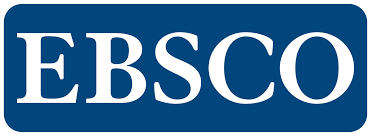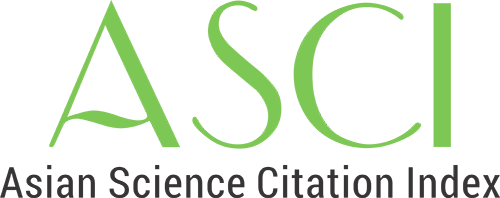Laser, which stands for Light Amplification by Stimulated Emission of Radiation, has been used in various soft and hard tissue dental procedures since Maiman first applied it in 1960. Its role in modern dentistry is increasingly recognized, offering both supplementary and alternative methods to conventional techniques. This review examines the applications of lasers in dental treatments of both soft and hard tissue. Lasers, which were initially considered an advanced technology with limited practical applications, are now an integral part of clinical practice. Albert Einstein’s (1917) prediction about photoelectric amplification leading to a single frequency, or stimulated emission, laid the foundation for the laser and its earlier versions. A review of research on non-alcoholic fatty liver disease examined the incidence, causes, and treatment strategies by examining databases such as Cochrane, Medline, Embase, Pubmed, and NCBI. With extensive advances over the years, laser technology has become well-established in soft tissue surgery, resin curing, cavity preparation, and caries detection. Despite these advancements, there is potential for further progress, and like laser abrasion, the integration of different technologies could lead to new dental treatments and procedures.






